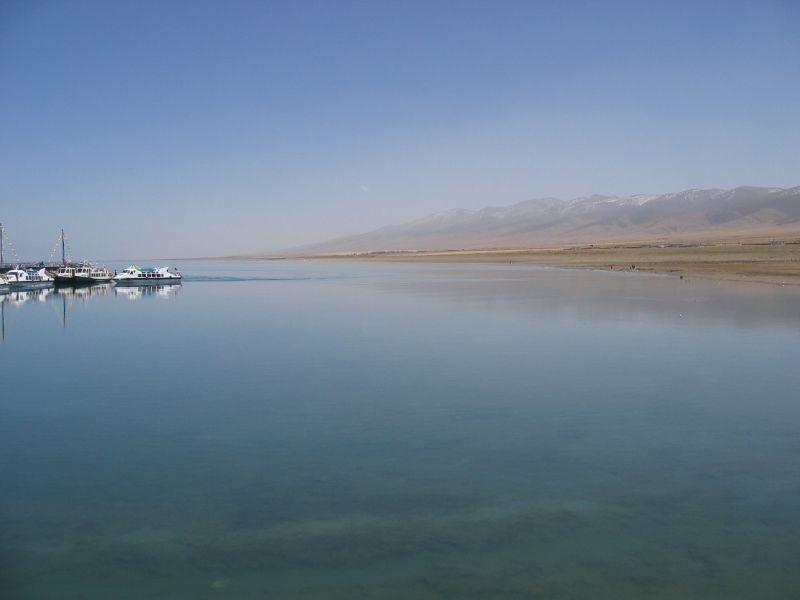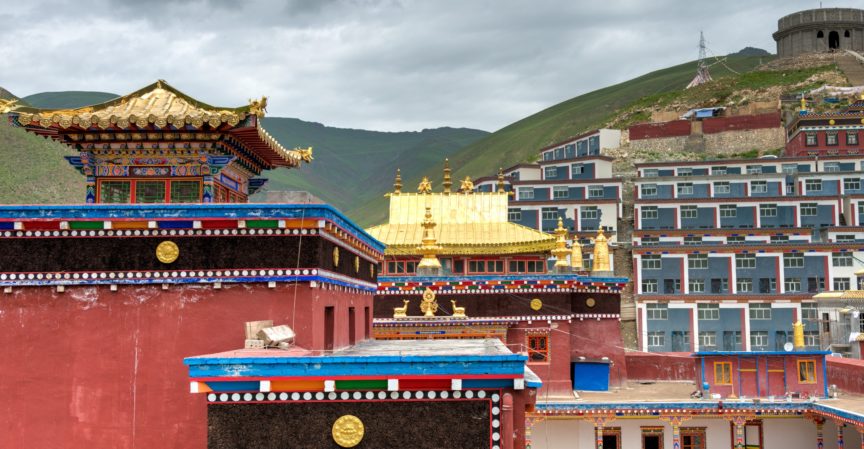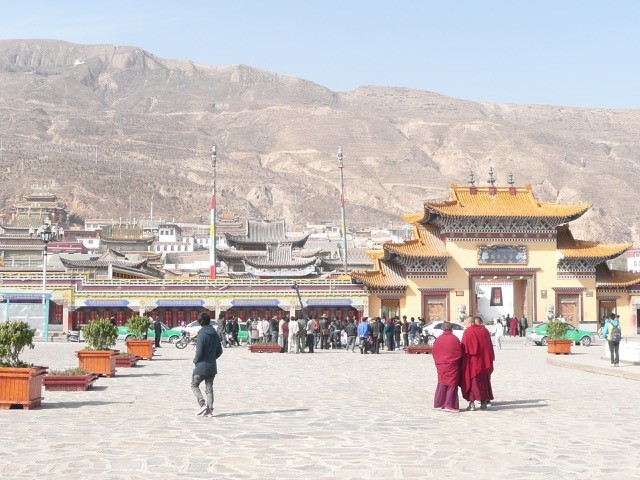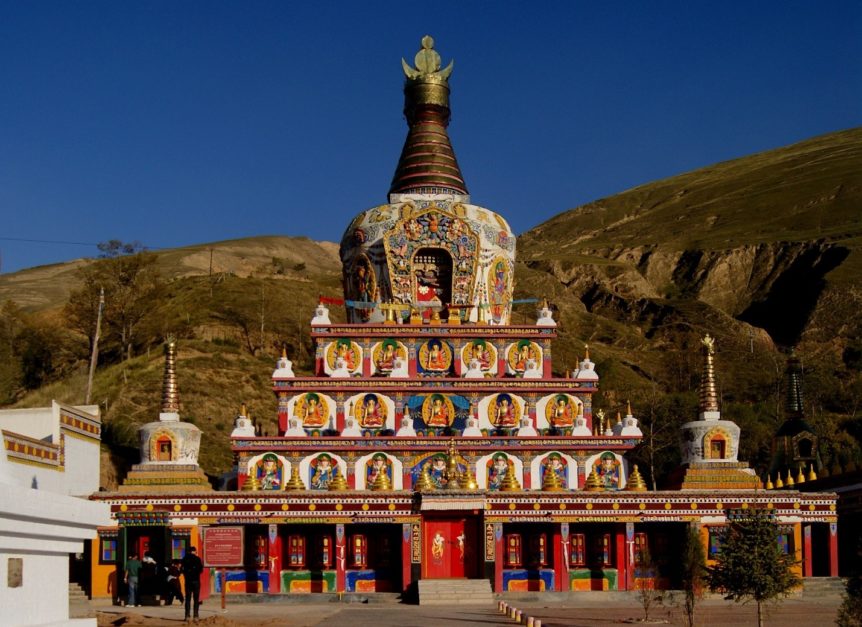Known as Qinghai Lake in Chinese (meaning Green Lake), Kokonor in Mongolian (meaning Blue Lake) and Tsongon Po (མཚོ་སྔོན་པོ།) in Tibetan (meaning Teal Sea), this largest inland saltwater lake in China is found in the Qinghai Province. Amidst the lofty mountains of Xiangpi, Datong, Riyue, and the South Mountain, Qinghai …
Yulshul (Yushu)
Mostly inhabited by Tibetans, Yushu (ཡུལ་ཤུལ།) is located in the Yushu Tibetan Autonomous Prefecture in the southern Qinghai province of China. The town, also referred to as Jyekundo (སྐྱེ་དགུ་མདོ།), Gyêgu, Gyêgudo or Jiegu is a multi-ethnic town with Tibetan nomadic residents and Han Chinese traders. Yushu lies at an elevation …
Rebkong (Tongren)
The town of Rebkong (རེབ་གོང་།) in the Huangnan Prefecture has much to offer travelers. Known throughout the years for its art, monasteries, agricultural and mining community, and even for its cultural revolution, visitors can spend days taking in all this historic town has to offer. While the town of Tongren …
Rongwu Monastery
History of Rongwu Monastery Named for the Rongwu River, which it is located alongside, the Rongwu Monastery (རོང་པོ་དགོན་པ།)rests in Tongren County, Huangnan Tibetan Autonomous Prefecture and is less than 200 km from Xining, the capital of Qinghai Province. The Monastery first began as a site for three temples in 1341. …
Chabcha (Gonghe)
Among the grasslands of Qinghai province, sitting in its own valley, lies the ever growing town of Chabcha (ཆབ་ཆ།). Known in Mandarin as Gonghe (共和县), this prefectural capital of Hainan has everything from crowded markets to beautiful landscapes and over the years has become a center point for transportation and …





